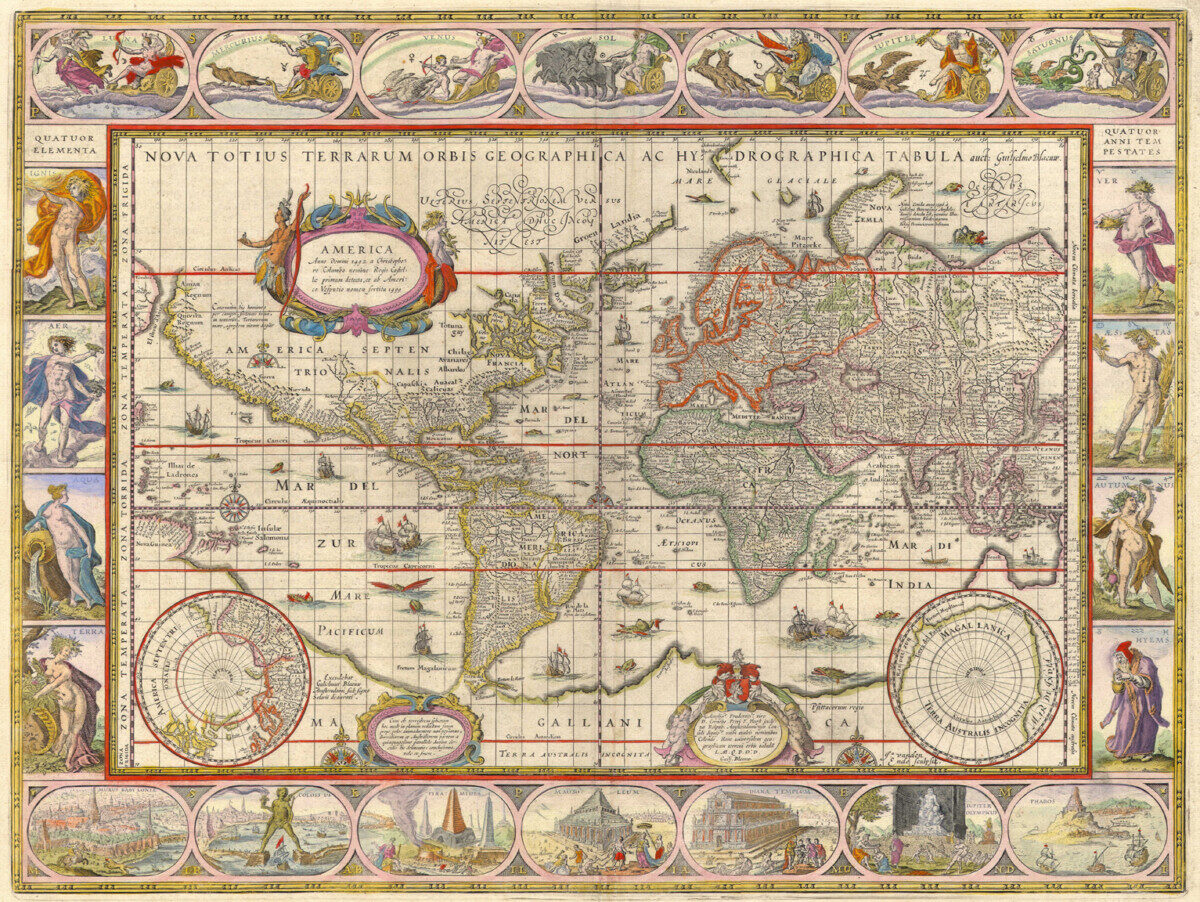

Salus Populi, Rome, Santa Maria Maggiore
When Jesuits came to China in the Early Modern period, they often used art to spread their messages. Chinese artists took the missionary’s works of art and translated them into their own visual culture. In the Madonna of St. Luke made by a Chinese artist, they borrowed the iconography of the Madonna and child from an engraving based on the Italian painting. However, in the Chinese work, the figures have been altered to look more Asian. The changed appearance may encourage Chinese people to convert because they can see themselves in the work more, thus increasing the relatability. Another interesting aspect of the Chinese work is that it extends the picture to encompass the entire figure. Where the drapery around the head and torso appears to mimic the Italian work, it becomes more reminiscent of Chinese drapery with its sweeping movements. The Chinese artist used the Italian work as a model, but adds elements from Chinese art traditions to appeal to an Asian audience and blend the two visual cultures. During the Baroque period as a whole, the increased globalization of the world contributed to the blending of artistic traditions from many cultures. This work from an artist in Jesuit influenced areas of China is just one part of a greater trend toward more blended cultures.
